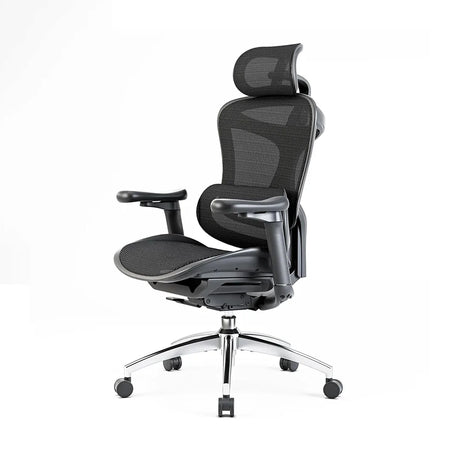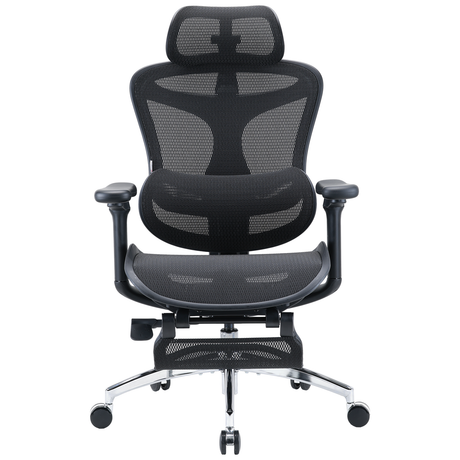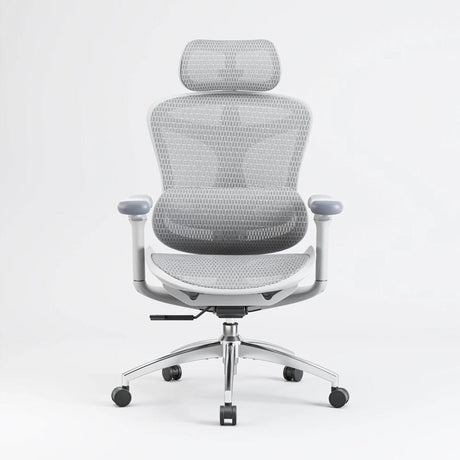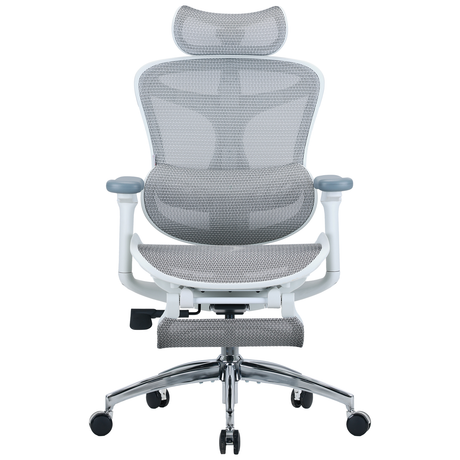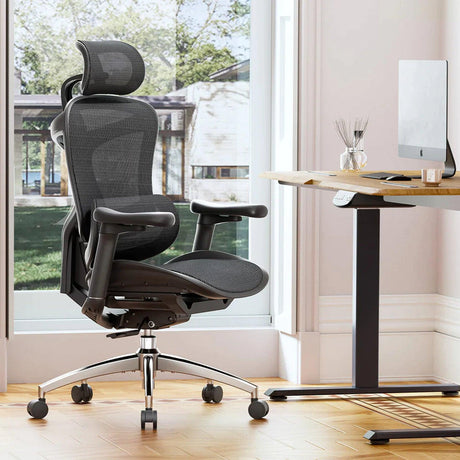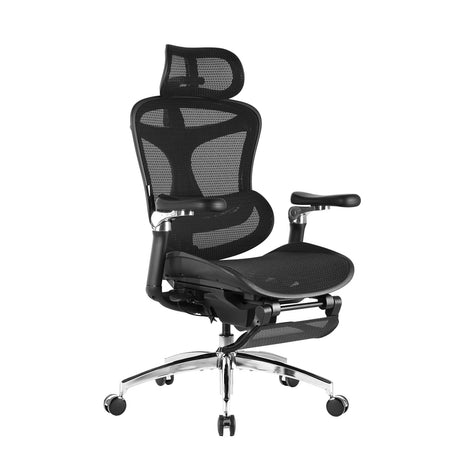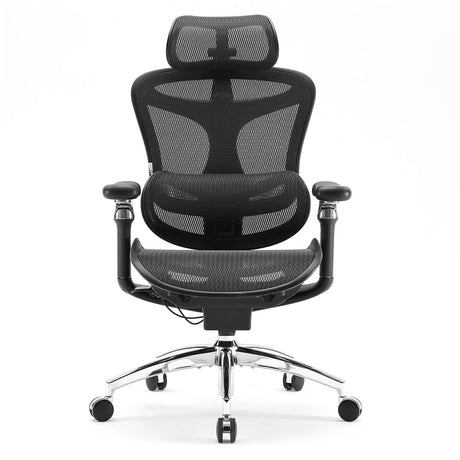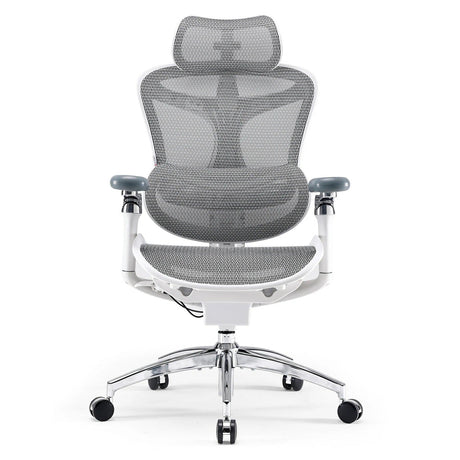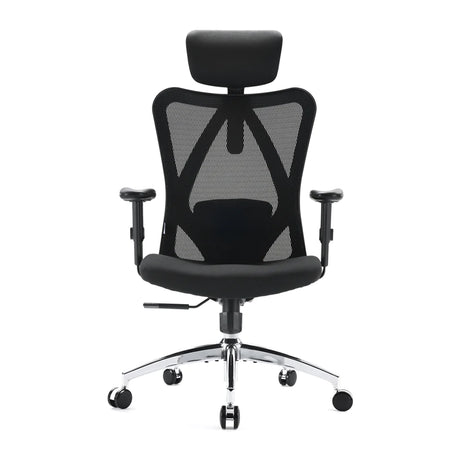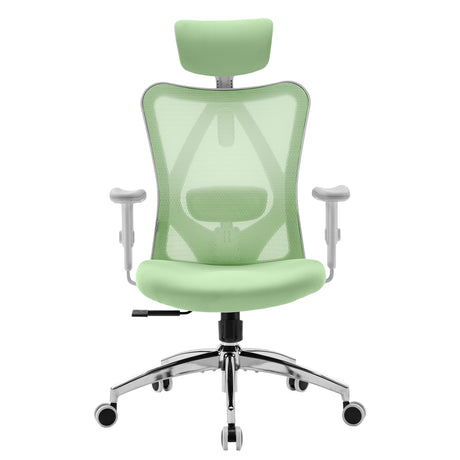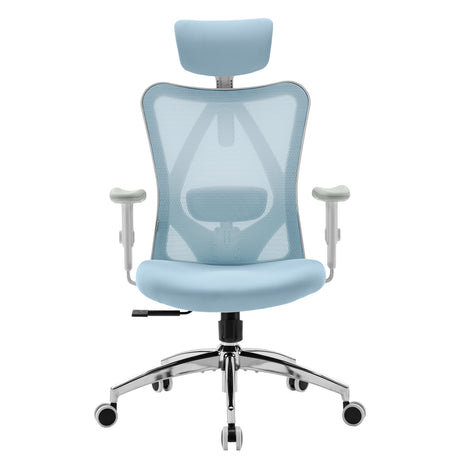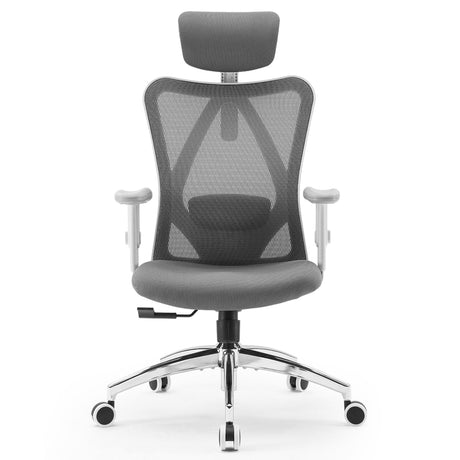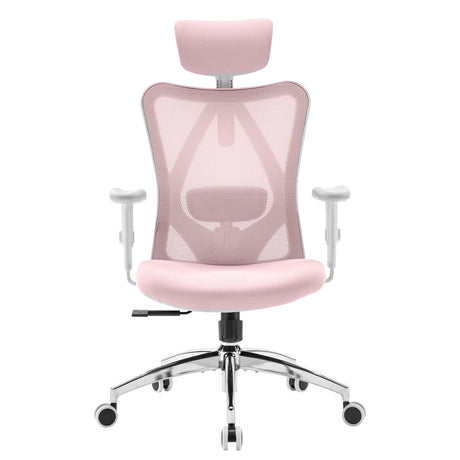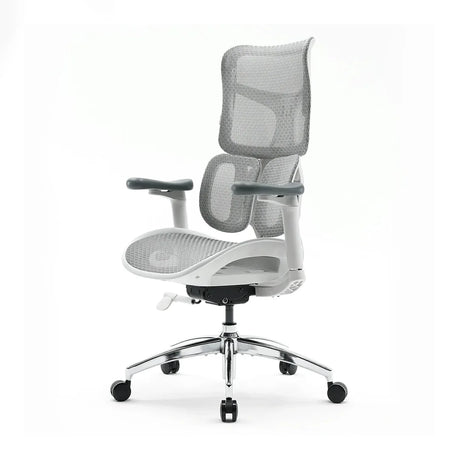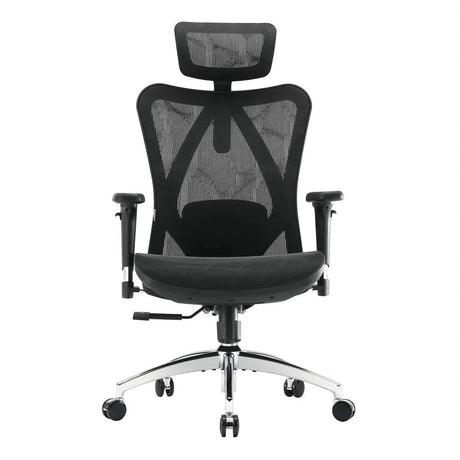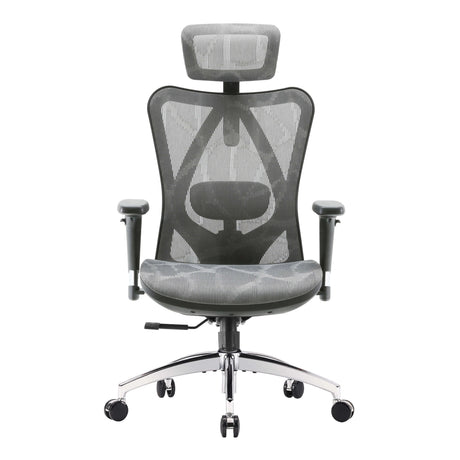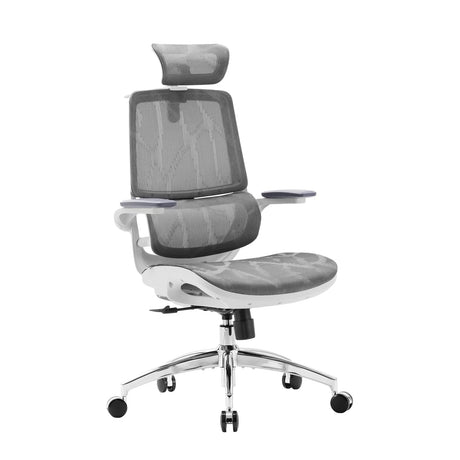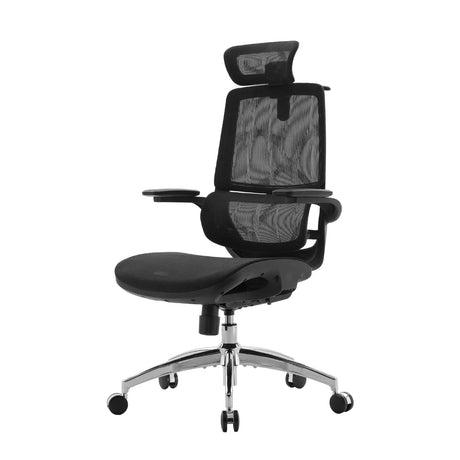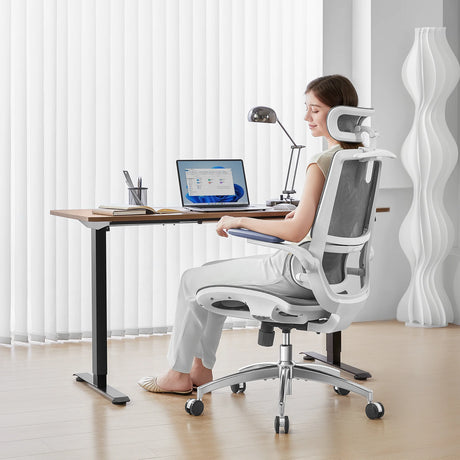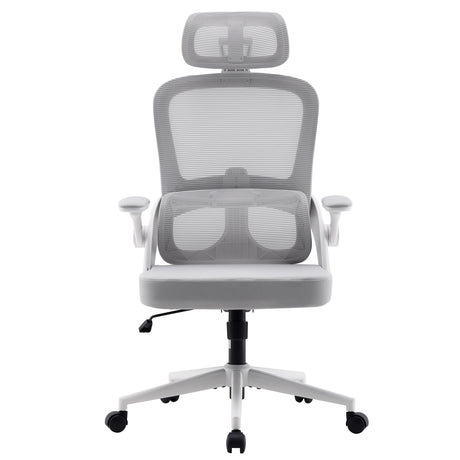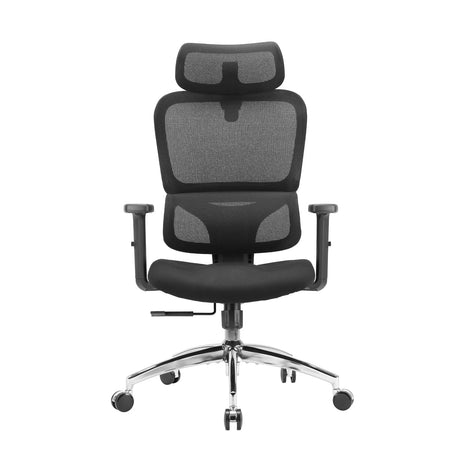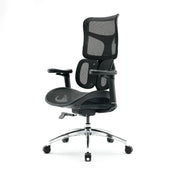In our office-dominated society, people spend a great deal of time sitting, usually in front of a computer. This sedentary lifestyle has led to a rise in various health issues, especially back pain, poor posture, and other musculoskeletal disorders. As people seek ways to counteract the negative effects of prolonged sitting, standing desks have become a popular solution. But what do chiropractors think about them? Are standing desks actually good for your body, or are they just another passing trend in the ergonomic world?
In this blog post, we'll explore the relationship between chiropractic care and standing desks, the benefits and potential drawbacks, and whether chiropractors generally recommend standing desks for their patients.
The Growing Popularity of Standing Desks
Standing desks, or stand-up desks, allow individuals to alternate between sitting and standing throughout the day. They come in various forms, from adjustable desks that raise or lower with a simple mechanism, to fixed standing desks. Many modern standing desks feature additional features, such as memory presets for height adjustment, anti-collision technology, and integrated cable management.
Standing desks have become increasingly popular in workplaces, with some companies even providing them as part of their ergonomic office setups. This surge in interest is primarily due to growing awareness of the health risks associated with sitting for long periods.
Why Chiropractors Are Interested in Standing Desks
Chiropractors, as healthcare professionals who specialize in diagnosing and treating musculoskeletal issues, are keenly aware of the impact that poor posture and sedentary behavior can have on spinal health. Research has shown that prolonged sitting can lead to various problems, such as:
Spine compression: Sitting for long periods, especially with poor posture, can compress the spine and contribute to back pain.
Poor posture: Sitting too much, particularly with a slouched posture, can weaken the muscles that support the spine, leading to misalignments and discomfort.
Reduced circulation: Extended sitting can decrease blood flow to the legs, leading to issues like swelling, varicose veins, and fatigue.
Chiropractors aim to correct misalignments in the spine, improve posture, and relieve pain. Standing desks align well with these goals by promoting better posture and reducing the amount of time spent in one static position. This shift can potentially lead to fewer back problems, better spinal health, and overall increased comfort.
Benefits of Standing Desks According to Chiropractors
Improved Posture One of the biggest reasons chiropractors recommend standing desks is the potential to improve posture. When you sit for long periods, it's easy to fall into a slouched or hunched position, which places stress on the spine and surrounding muscles. On the other hand, standing encourages a more natural spinal alignment, which can help reduce the risk of developing back, neck, and shoulder pain.
Chiropractors often advise their patients to maintain an upright posture to prevent musculoskeletal imbalances. Standing desks make it easier to keep a neutral spine position and avoid the habit of slumping, which can help prevent long-term damage.
Reduced Back Pain A significant percentage of chiropractor patients seek relief from chronic back pain, particularly lower back discomfort. Prolonged sitting can place pressure on the lumbar spine, leading to discomfort and inflammation. By allowing individuals to alternate between sitting and standing, standing desks can reduce the constant pressure on the spine, potentially leading to less pain over time.
Chiropractors may also recommend that patients use standing desks in combination with ergonomic chairs, proper alignment, and frequent movement breaks to maximize spinal health.
Increased Movement and Flexibility Chiropractic care emphasizes the importance of movement for maintaining joint health. When you sit for hours without moving, your muscles can become stiff and tight. A standing desk encourages users to stand, shift their weight, and move around, which can help alleviate muscle stiffness and improve circulation. Chiropractors often advise that patients incorporate regular movement throughout their day to keep joints and muscles flexible and to reduce the risk of injury.
Enhanced Circulation Sitting for long stretches can impede blood flow, particularly to the legs, resulting in swelling and discomfort. By standing, the circulatory system is stimulated, helping to improve blood flow to the lower extremities. Chiropractors recognize the importance of good circulation in maintaining overall health and reducing the risk of conditions like varicose veins and deep vein thrombosis (DVT).
Decreased Risk of Chronic Health Issues The sedentary lifestyle associated with sitting all day has been linked to various chronic conditions, including heart disease, obesity, and diabetes. While standing desks aren't a cure-all, they may help mitigate some of the risks associated with a sedentary lifestyle by encouraging more movement and less time spent in a sitting position. Chiropractors often advocate for lifestyle changes that reduce the risk of these long-term health problems.
Potential Drawbacks of Standing Desks
While standing desks offer numerous benefits, chiropractors often caution that they aren't a one-size-fits-all solution. Like sitting for long periods, standing for extended periods can also cause discomfort and even lead to musculoskeletal problems if done incorrectly.
Strain on the Lower Back Standing for long periods can put strain on the lower back, especially if the person is not using proper posture or if the desk is not at the correct height. Chiropractors recommend that standing desk users make sure their desk is at the right level to avoid hunching over or straining the lower back.
Leg and Foot Pain Prolonged standing can lead to discomfort in the legs, feet, and joints, particularly if the person does not have an anti-fatigue mat or proper footwear. Chiropractors often suggest incorporating movement, shifting weight, or using a footrest to alleviate the pressure on the legs while standing.
Not a Complete Solution Standing desks are not a magical cure-all for back pain or posture issues. Chiropractors stress that simply standing is not enough. It's important to also incorporate proper posture, take regular breaks to move around, and perform stretching exercises. A standing desk should be viewed as just one part of an overall ergonomic strategy for better spinal health.
Chiropractors' Recommendations on Using Standing Desks
Rather than simply recommending standing desks across the board, chiropractors typically advise their patients to use them as part of a balanced approach to ergonomics. Here are some common recommendations:
Alternate Between Sitting and Standing: Chiropractors emphasize the importance of moving regularly throughout the day. Alternating between sitting and standing is ideal for preventing the strain that comes with either position.
Adjust Your Desk: Ensure that the desk is at the correct height for both sitting and standing positions. When standing, the desk should be at elbow height, with the screen at eye level to prevent slouching.
Use Proper Footwear: When standing, wear shoes with proper arch support to avoid strain on your feet and lower back.
Take Frequent Breaks: Even with a standing desk, it's important to move every 30 to 60 minutes. Take short breaks to stretch, walk around, or change positions to keep the body active and engaged.
Invest in Anti-Fatigue Mats: If you're standing for long periods, consider using an anti-fatigue mat to reduce pressure on your feet and legs.
Posture Awareness: Just as poor sitting posture can lead to pain, poor standing posture can also be detrimental. Keep your shoulders back, spine neutral, and weight evenly distributed across both feet.
Conclusion
Chiropractors recognize the benefits of standing desks, particularly when it comes to improving posture, reducing back pain, and encouraging movement throughout the day. However, they also emphasize that standing desks should not be relied upon as a sole solution for musculoskeletal issues. A balanced approach that includes proper posture, movement, and ergonomic adjustments is key to optimizing spinal health.
If you're considering a standing desk, it's a good idea to consult with a chiropractor to ensure it's right for your specific needs and to receive personalized advice on how to use it properly for maximum benefit.

